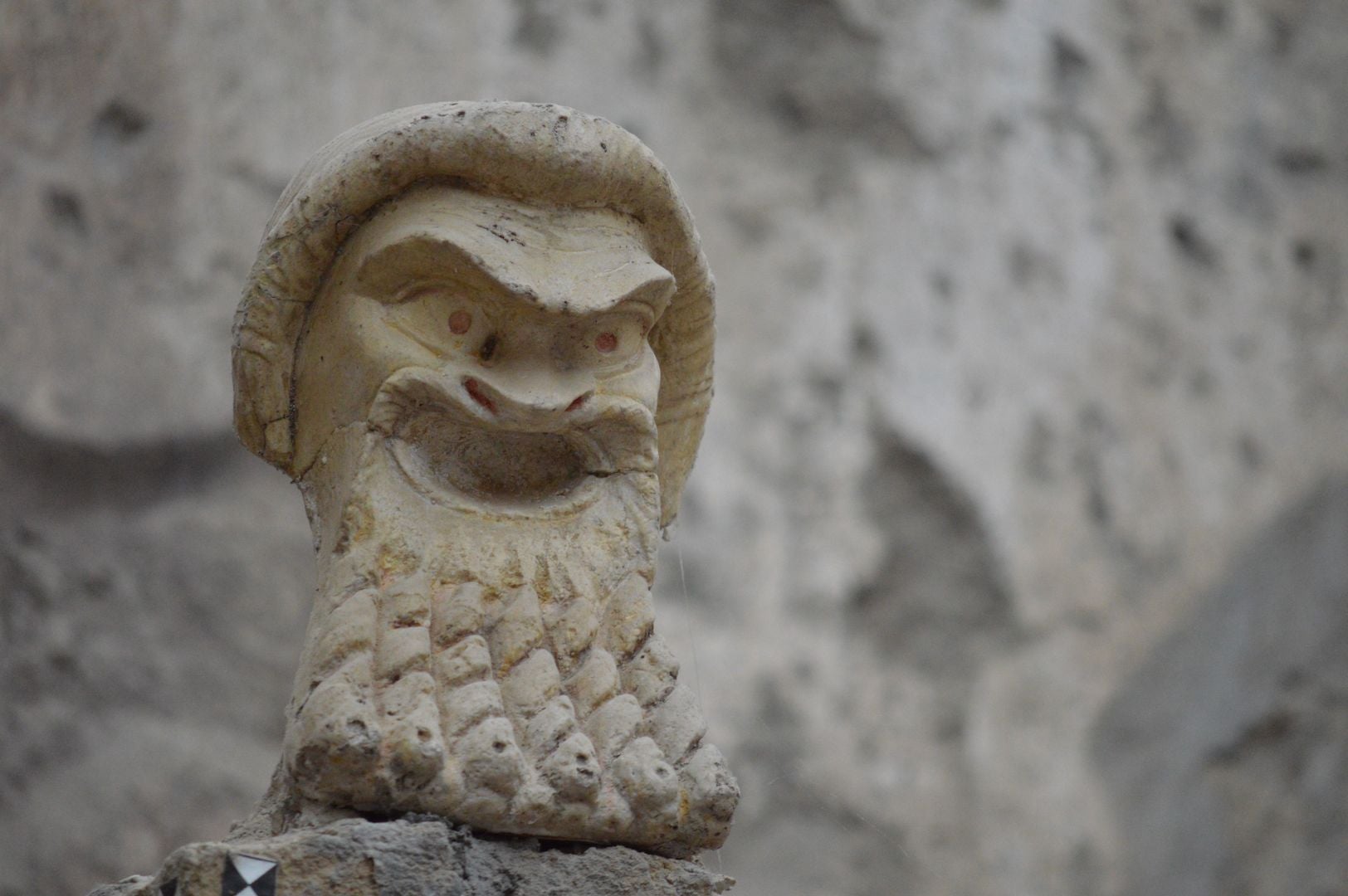Another interest of mine, strictly connected to my personal passion for the performance arts (theater, opera, dance and films) as well as modern literature, is the reception of Greek and Latin literature in later periods, especially in Italy.
 After all, my work on Aristarchus as well as my current project on Hipparchus’ Commentary on Aratus can also be seen as reception studies focusing on how earlier authors (Homer in the case of Aristarchus, and Ara
After all, my work on Aristarchus as well as my current project on Hipparchus’ Commentary on Aratus can also be seen as reception studies focusing on how earlier authors (Homer in the case of Aristarchus, and Ara tus and Eudoxus in the case of Hipparchus) were ‘received’ by later intellectuals. Studying the modern reception of Greek literature is thus a natural development of my interests as a classicist.
tus and Eudoxus in the case of Hipparchus) were ‘received’ by later intellectuals. Studying the modern reception of Greek literature is thus a natural development of my interests as a classicist.
In addition, modern reception, with its focus on how and why classical literature has been revived and re-adapted in later periods, is for me an essential and vital element to define what classical studies are about and why they still matter.
I have published articles on the contemporary reception of Aristophanes in Italy, on Pasolini’s film Edipo Re, on the figure of the servus callidus in Renaissance commedia erudita and commedia dell’arte, and on Bergman’s Bacchae.
My next project will be a study Martha Graham’s corpus of dances inspired by mythology. The project will be carried out in collaboration with Christine Dakin. Christine trained with Martha Graham, was a principal dancer of the Martha Graham Dance Company for 30 years, and became the company’s Artistic Director. She now teaches at The Neighborhood Playhouse School of the Theatre, at the Alvin Ailey American Dance Center, and is guest teacher for the Alvin Ailey American Dance Theater.
Future projects also include an article on Lodovico Martelli’s Tullia (1533) and a monograph on the reception of Greek drama in Italy.
Publications:
- ‘A Poet without ‘Gravity’: Aristophanes on the Italian Stage’, in E. Hall and A. Wrigley, (eds.), Aristophanes in Performance: 421 BC-AD2007, Peace, Birds and Frogs, Oxford 2007: 267-275.
- ‘Tiresias, Oedipus, and Pasolini: the Figure of the Intellectual in the Edipo Re’, IJCT 16 (2009): 484-500.
- ‘The Trickster Onstage: the Cunning Slave from Plautus to Commedia dell’Arte’, in S. D. Olson (ed.), Ancient Comedy and Reception. Essays in Honor of Jeffrey Henderson, Berlin and Boston 2014: 447-478
- ‘A Hero Without Nostos: Ulysses’ Last Voyage in Twentieth-Century Italy’, IJCT 22 (2015): 341–379.
- ‘Staging, Interpreting, Speaking through Euripides: Ingmar Bergman Directs the Bacchae’, IJCT 23 (2016): 127-157
- ‘The Reception of Ancient Drama in Renaissance Italy’, in B. van Zyl Smit (ed.), A Handbook to the Reception of Greek Drama, Wiley-Blackwell, Malden (MA) 2016: 133-153.
- ‘Theophrastus’, ‘Productions, Modern (Italy)’, ‘Censorship, Modern’, ‘Translations (15th-19th centuries)’, in A. Sommerstein (ed.), Encyclopedia of Greek Comedy, Wiley-Blackwell, Malden, MA 2019: 164-165, 766-768, 943-945, 973-975.



